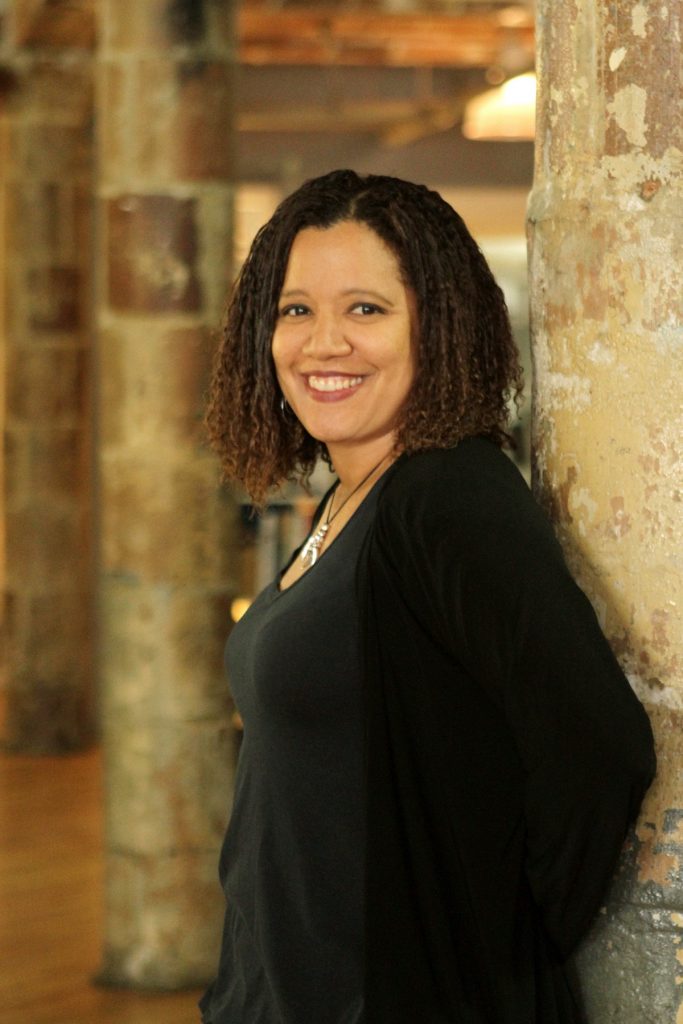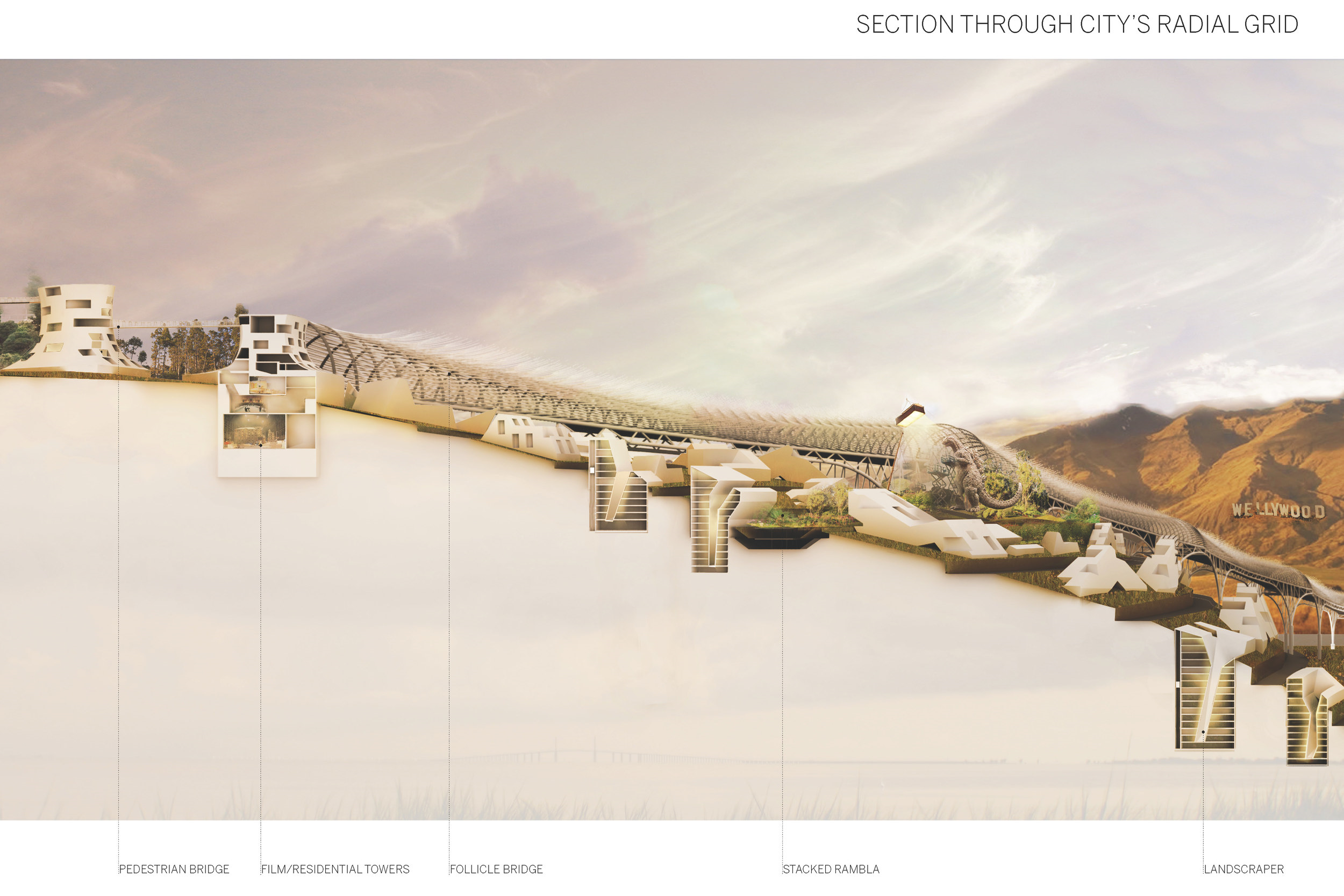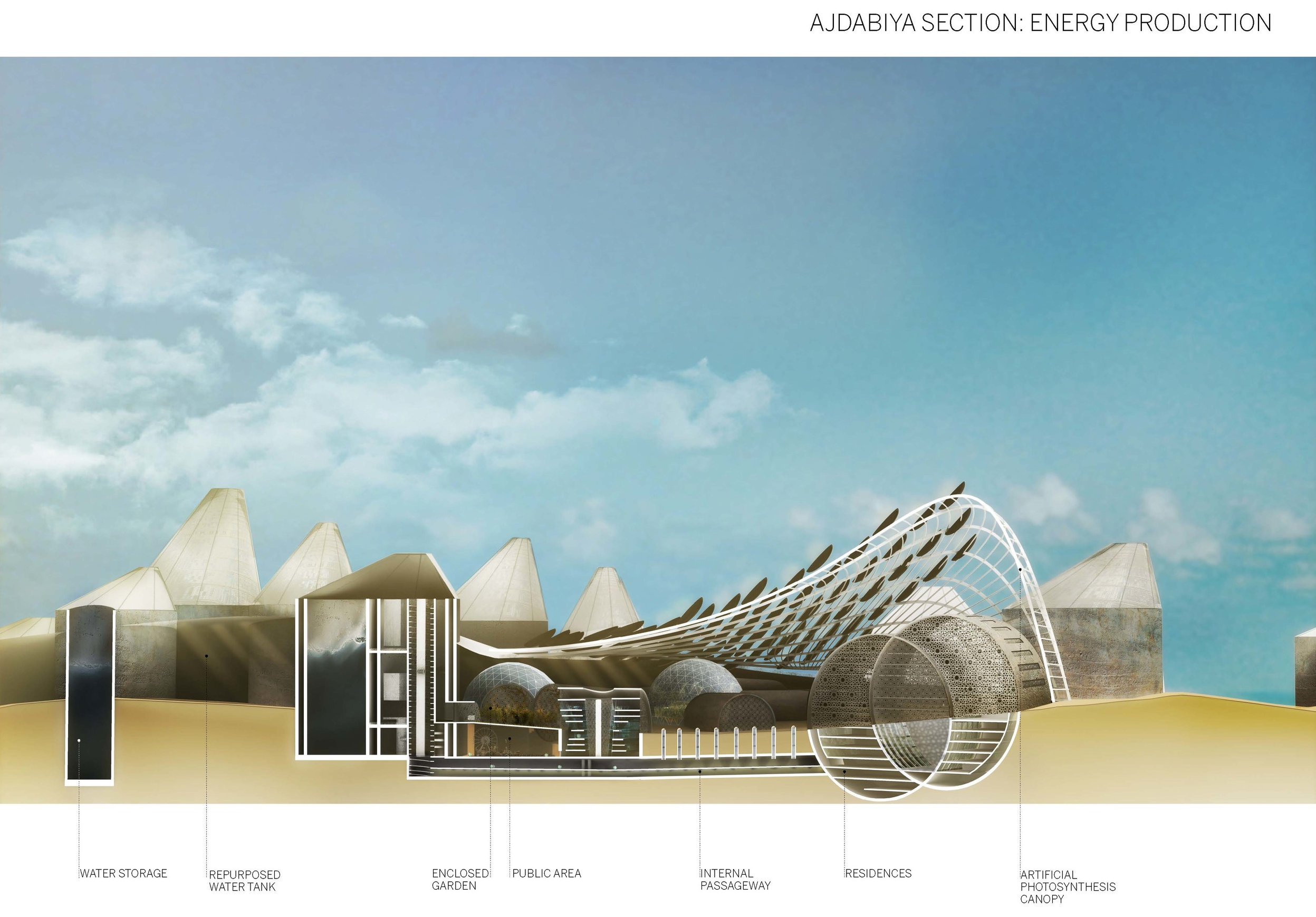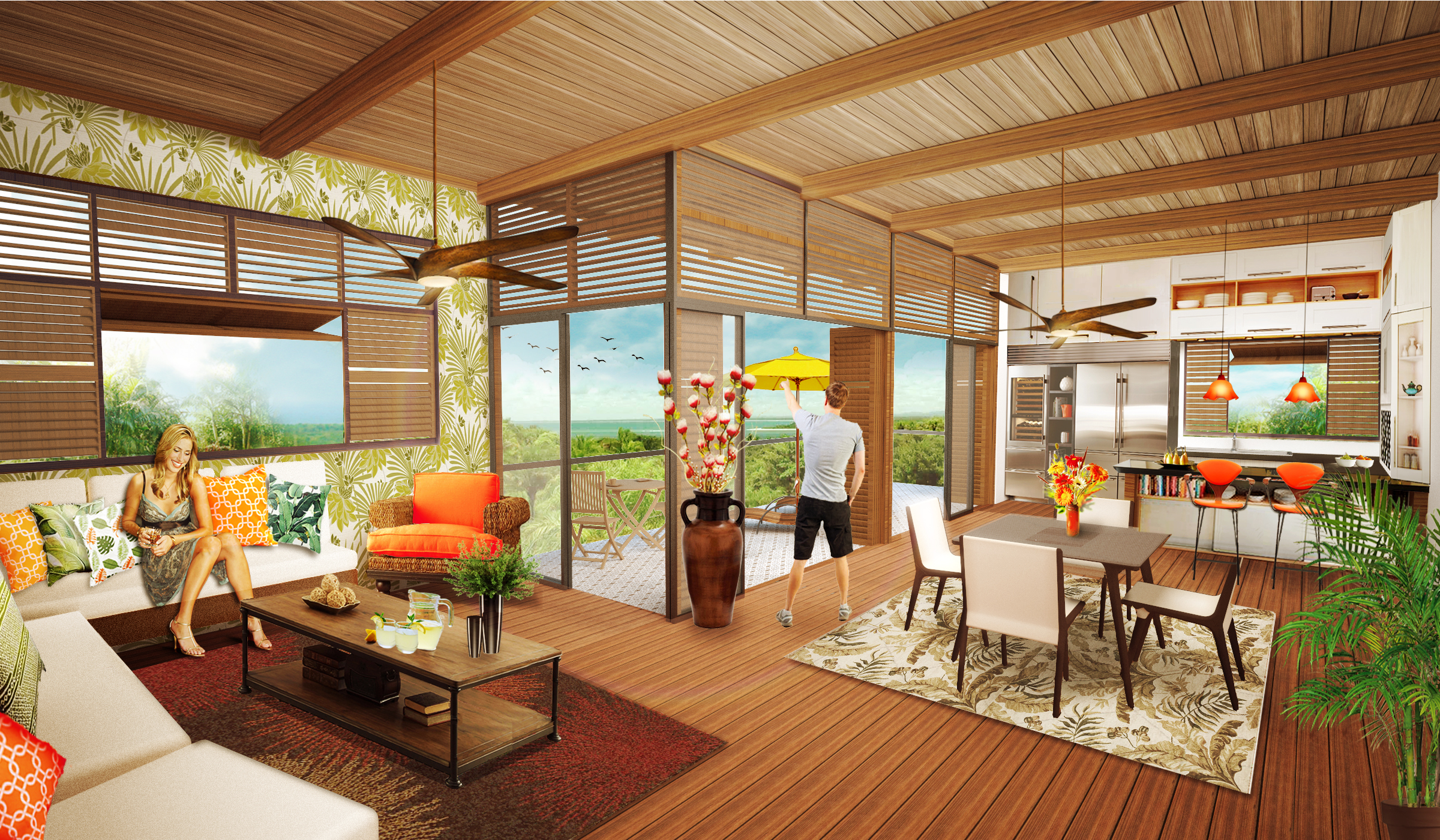Vanessa Keith of StudioTEKA

Vanessa Keith is a registered architect and the Principal of StudioTEKA, a design firm she founded in 2003 in New York. She received her Master of Architecture from the University of Pennsylvania and a Master of International Affairs from the School of International and Public Affairs and Columbia University (SIPA), graduating with a concentration in Economic and Political Development with a focus area in Urban Planning. Vanessa approaches design through a broad interdisciplinary lens that spans and blurs the boundaries between architecture, economic and social development, and urban and environmental concerns. She is especially interested in envisioning design-oriented technical and engineering solutions to environmental problems. Recently, Modelo had the opportunity to learn about Vanessa’s unique approach and design philosophy.
On becoming an architect
When I was about five years old I said I wanted to be an architect. I have no idea how this word even got into my vocabulary, I think I just liked the sound of it. Going forward I ended up majoring in religion at Columbia- I was interested in non-Western philosophy and the religion department was much more flexible about allowing me to forge my own path. I really wanted to study Buddhism with Bob Thurman- who’s Uma Thurman’s dad and also a well-known and respected Buddhist scholar. I took classes with him and also on Eastern philosophy and New World religions like Santería and Candomblé. He taught a seminar with fourteen people and there’d sometimes be a Tibetan monk sitting in. It was fantastic from a learning perspective, but not very practical- you get out of school and you’re looking for your first job and they say ‘What did you major in?’ and you say ‘religion’ and that’s sort of the end of the conversation.
So I knew that I was going to go back to school and ended up doing a Master of International Affairs in economic development, also at Columbia (SIPA). I’m Jamaican, Italian, and Chinese so I have a very international outlook and I also wanted to do something to help the world. But when you go to SIPA you realize pretty quickly that it would help you to have some sort of technical capability. I was very interested in urban planning and had taken classes on cities with Saskia Sassen, who’s a friend and mentor who wrote the preface to my upcoming book, 2100: A Dystopian Utopia – the City After Climate Change. After I graduated, all of the jobs I was interested in involved architecture, so I went back to school this time for a Master of Architecture at PennDesign at the University of Pennsylvania.
You don’t realize it at first, but architecture is this all-encompassing and huge undertaking. It completely changes you, the way you think and the way you see the world. You never get lost anymore in buildings because you start to understand how they work. And cities become an interesting puzzle of patterns and systems to figure out. I would wake up in the middle of the night after dreaming of flying through my projects and it was this completely transformative and unexpected experience. I’ve also started to be able to bring the two things together, which for me is very exciting. I was invited to participate as an International Studio Director for the Pan-American Architecture Biennale in Quito, Ecuador in 2006 where I led a charrette which looked at conditions along the Machángara River. In 2010 and 2011 I brought groups to Jamaica from Columbia- one from SIPA (Economic and Political Development) and one from GSAPP (Urban Design). We studied downtown and the harbor and published a book and a report with recommendations for the government on new engines of economic growth and ideas for the city. I’ve started to do more work including consulting on issues affecting cities, I have a book coming out which I mentioned earlier and have done some consulting on downtown redevelopment in Kingston, Jamaica, including a presentation last year that went before the Prime Minister.
One of the obsessions I had at Penn was an approach to architecture through research and diagrams as a layered analytical process. I love information gathering, and figuring things out through design. Design thinking can be very powerful. That’s one of the things that I bring to architecture and I feel that there’s no problem that you can’t think and reason through to a successful conclusion. This goes back to Mahayana Buddhism, which is wonderful because it doesn’t tell you what to believe, it allows you to reason through it yourself and trusts that you’ll come to the same conclusion. There isn’t any dogma.
On her influences
Most of the time in the office we do diagrams and a lot of research and analysis when starting a project. It’s about figuring out how things come together. What’s the pattern? That’s also why urban design is so interesting to me. If you zoom out far enough, you start to look at human beings like any other animal on the planet. We have a problem now in that we make our collections of anthills in a particular way that isn’t quite working for a number of reasons. Can we find ways of making cities work more like natural organisms? Can we make a circle instead of a line? Right now we have a line: you extract, process, make a product, sell the product, people buy it, use it for a year and then throw it away and it becomes landfill. You have a hole at one end and a giant mountain of trash at the other. Clean air and water are environmental inputs that have a value that we take for granted, but if we can factor that into our economic calculus, then maybe we can make a circle instead of a line. If we can use industrial symbiosis, where the waste from one process is the fuel for another, maybe we can change the system entirely. I’m very interested in how human beings function as a system- in the economics of it and also how to implement and make things actually happen for positive change.
I’m currently obsessed with the environment, climate change and the role that architecture can play in solving this crisis. Maybe being born on an island does that to you by bringing more of a sense of urgency to it. One of our huge problems is energy, and our approach to it is what has created the problem, in large part. How can we look at the built environment differently? It all began with two articles I did for Urban Omnibus in 2010 which were based on a summer research project on climate change and deforestation. You start to realize that like everything else, it’s a pattern, and that the people cutting down the trees are just ants like us and they’re doing the same thing we did to get where we are now. Deforestation could just as easily be called agriculture. The question is, where do we go from here, knowing what we now know about how destructive our patterns have become?
Green energy takes a lot of space. If we can start to think about integrating sustainable energy generation into the fabric of our cities, on our buildings, roofs, and infrastructure (and this goes beyond wind and solar technologies to include things like piezoelectricity) we might just have a shot at meeting our energy needs without having to burn fossil fuels. If we need more trees to absorb CO2 in the Amazon, can’t we also plant more trees elsewhere? Can’t we think in a way that goes beyond carbon neutral all the way to carbon negative? What would a city designed with these goals in mind look like?
After we did the Urban Omnibus work, Michael Sorkin, another mentor, came to me and said ‘would you like to be a part of the Pamphlet Architecture competition?’ You have to be invited by someone who’s won in the past, so it was a real honor, but unfortunately we didn’t win. Then he asked if I wanted to be a part of his Urban Research book series. The answer was a resounding yes! My office worked for two and a half years doing 14 case studies of cities around the world set in the year 2100 with uncontrolled climate change. We weren’t just being economists, environmentalists, architects or urban designers, we were trying to put all of these things together and see what potential solutions we could come up with. I honestly believe that design is, by necessity, an optimistic undertaking, and that there are enough brilliant minds on the planet right now to solve the climate crisis. We found some wonderfully inventive technologies in our research, people who are developing things that, while still in their infancy now, could be combined and harnessed to successfully tackle the problem. I made it one of the conditions of our work that we wouldn’t look at anything that wasn’t actually being researched and developed now. What we wanted to add to that was to combine these ideas that we were finding in new ways and envision what that would mean for the design of future cities.
What we realized when we started looking at this with four degrees of warming is that in 2100 most of the known world is actually going to be pretty hard to live in if we don’t do anything. When we first started doing this research, 4°C average warming seemed crazy and like it was never going to happen. One of the books that I read during this time was Six Degrees, by Mark Lynas, and it only went up to six because this was the most you could ever possibly imagine. Now business as usual, if we continue on our current path, is seven degrees. At six degrees, he describes a horror situation where super hurricanes can circumnavigate the globe multiple times before crashing far enough inland to be stopped. When we started this research about 3 years ago it seemed like we were completely crazy, and now things are moving so fast that we’re having hurricanes hit the east coast with seeming regularity. When I was a kid in Jamaica nobody up here even knew what a hurricane was.
We started out by imagining that the world is our site and this is what we’ve been given- the world in 2100, four degrees warmer. We can start to imagine what we’re going to do with this big chunk of land with a much larger world population where, across the middle swath of the world especially, it has become much harder to have large populations- not impossible- but you probably don’t want to have coastal cities that are megacities.
We wanted to look at a variety of things. How do we add density to an already dense city like Moscow? Most of the good land is taken and the really good land needs to be used for agriculture. Can we build buildings on top of buildings? The further north and south you go it’s very mountainous, so how do we make megacities on mountains? Can we make ‘landscrapers’ that go deep into the earth in Wellington and Greenland? How can we use the surface area of the city to generate energy?
One of the things that we always try to do is think about hybrids and multiple overlapping uses of space and I guess in some ways this goes back to me being a hybrid myself. This is not to say that this world we’ve envisioned is a foregone conclusion. I earnestly hope it’s not, and hold out hope that we can mobilize to put changes in place to stop some of the more devastating aspects of climate change from ever occurring.
 ‘2100: Wellington, New Zealand’ (Rendering courtesy of StudioTEKA)
‘2100: Wellington, New Zealand’ (Rendering courtesy of StudioTEKA)
On being an educator and practitioner
Right now I’ve taken a bit of a break from teaching, which I had to do because we have a big project in the office that’s in Costa Rica. This project is really interesting to me, because it enables us to put into practice a lot of our ideas about innovative sustainable design, and it also has a strong social and environmental focus. The project also combines urban design with architecture, since we are essentially making a small town from scratch on what used to be agricultural land. The program includes residential, hospitality and wellness programs and is set in a tropical arboretum and surrounded by rainforest. So it has a health and wellness focus, an ecological focus, and a focus on giving back to the local community.
When I went out into the world and started working after finishing school, I thought about who I looked up to and admired as an architect. They had all at one point taught and done things that were a combination of research and intellectual pursuits as well as projects. I thought it seemed like something I’d enjoy so I did it too. I find it inspiring to be around students; I’ve always loved teaching and working with them and seeing them grow. Anyone who tells you that they don’t get anything out of teaching is either not doing it right or is lying because you learn a lot from taking the students through their research and the analytical work they do at the beginning of the process. It can be immensely satisfying and fulfilling to be a part of someone’s growth, and to watch the world open up for them the way it did for me as a student of architecture.
 ‘2100: Ajdabiya, Libya’ (Rendering courtesy of StudioTEKA)
‘2100: Ajdabiya, Libya’ (Rendering courtesy of StudioTEKA)
On the firm’s evolution since starting
It was kind of an accident. I got a project and I just leaped. I had no idea what I was getting into. You have to be crazy, in a way, to start a firm. You have to be the kind of person who is comfortable with taking risks. I thought about the ideal type of place where I wanted to work but I just couldn’t find it. I found pieces of it in all the other places where I worked. I ended up having to start a firm to create the kind of environment that I wanted to be in. It’s not enough to have a vision and to want to change the world and do things differently. We try to live our beliefs in the way we interact as a firm. We’ll talk about things together and draw together. Ideas can come from anywhere, even from the youngest intern who’s just walked through the door, so we don’t let hierarchy stifle our creativity. The ideas are allowed to come out. The best ideas emerge from the interaction of all of us- not just from me. That’s the lie of architecture- that there’s this singular genius who’s controlling everything. I love new ideas and I will never be closed to any of it no matter how old I get.
I am interested in the intersection of architecture and technology in a lot of ways. How can we take all of these new tools and then use them differently? Information is powerful and the layering of information is powerful. We now have tools to look at the world in ways that we couldn’t before. One of the things that I’m interested in is how we can use this to be more specific about our design work. We’re in such an interesting moment in history. You could look at it and it could be the worst bummer, which is why nobody is doing anything. A lot of the climate news out there is depressing. Or you could look at it as a tremendous opportunity that we have to change and retool our lives. It’s an interesting moment to re-envision human life and cities and how we live and interact with one another. We can look at how we construct cities and try to live more in balance with the rest of the planet. If we can solve that we’ve nailed it.
 ‘Typical Studio, Costa Rica’ (Rendering courtesy of StudioTEKA)
‘Typical Studio, Costa Rica’ (Rendering courtesy of StudioTEKA)
On advice she would give her younger self
Keep going. Architecture is about the long view- it’s something that takes a lot of time to learn. The schooling is rigorous and it’s not something that you just jump into and become a genius overnight. It’s something that takes a lot of time to learn and it’s important to build up relationships. Look at the people you admire and model your life after theirs.
One of my work-study jobs was to run the presentations for the lecture series. We were in the booth and were the ones who got yelled at if something went wrong, so a perk of the job was to be invited to dinner after the lecture. The dean would plant you next to this archi-god and you’d have to eat dinner and make small talk with them and the faculty. One of these guys was Wiel Arets from the Netherlands and I really liked his work. His flight was in the afternoon, so the next day the dean asked me to tour him around the campus to show him the studios; I ended up having this interesting day walking around talking with a great architect.
A month or two later it was getting close to summer break. I got up my courage and went downstairs to the pay phone in Meyerson Hall in the middle of the night with a giant thing of quarters from the laundry and called him up and asked for a job. He said he remembered me and said ‘yes, we’ll see what we can do.’ The next thing I knew I was going to the Netherlands and I had a summer internship with him. One thing I would recommend for students is to do things like that. Take the risk. It was an amazing experience- the office was fun and international. A lot of us are still friends even now. We would go on trips on the weekends and see the buildings from the office or we’d go to Amsterdam and hang out. I would say do things like that when you’re a student because it’s much easier to get into an office as a summer intern since it’s less of an investment. They don’t have to have a long-term plan for you and you can easily fit in. Read biographies and not just about architects, read about people who are inspiring. I couldn’t decide what I wanted to do so I became an architect; this enables me to not have to choose, because I can bring everything that interests and inspires me into my life and work. It’s a win-win. Follow your bliss.

